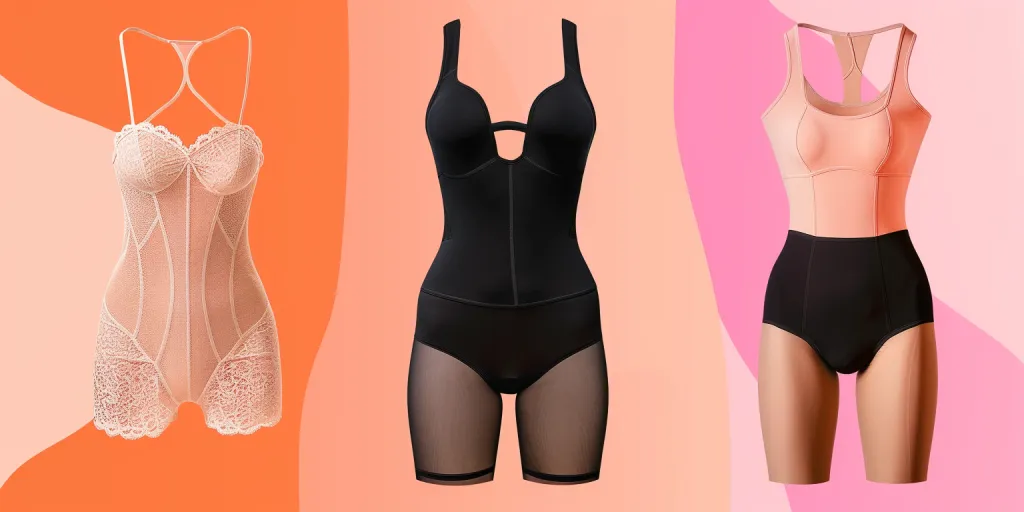Shapewear bodysuits have become a staple in the modern wardrobe, offering a blend of comfort, style, and functionality. As the demand for body-positive and inclusive fashion grows, these garments are revolutionizing the apparel industry.
Table of Contents:
– Market Overview: The Rise of Shapewear Bodysuits
– Diverse Styles and Designs of Shapewear Bodysuits
– Performance and Functionality: What Sets Shapewear Bodysuits Apart
– Size and Fit: Catering to a Diverse Market
– Cultural and Luxury Influences in Shapewear Bodysuits
Market Overview: The Rise of Shapewear Bodysuits

The shapewear bodysuit market has seen significant growth in recent years, driven by increasing consumer awareness about body image and the importance of looking fit and toned. According to Research and Markets, the global shapewear products market grew from USD 5.75 billion in 2023 to USD 6.18 billion in 2024. It is expected to continue growing at a CAGR of 7.95%, reaching USD 9.83 billion by 2030.
This growth is fueled by several factors, including advancements in fabric technology, rising disposable incomes, and a growing emphasis on fitness and physical appearance. The market comprises various garments designed to temporarily change the wearer’s body shape and silhouette, offering a smoother and more toned appearance. These products cater to both men and women and are made of materials such as spandex, nylon, and cotton to provide varying compression levels.
Regional insights reveal that the demand for shapewear products is particularly strong in the United States, driven by increasing consumer awareness about body image and the influence of celebrity endorsements and social media trends. The U.S. market is characterized by a high rate of innovation and a diverse product range catering to different body types and consumer preferences.
In Europe, the shapewear market is well-established, with a high demand for luxury brands. Consumers in the European Union are highly fashion-conscious and look for shapewear that offers functionality and aligns with the latest trends. There is also a strong preference for high-quality materials and sustainability in garment production.
The Asia-Pacific region, including key markets such as China, Japan, and India, is supported by an expanding middle class and growing health and body shape consciousness. Japan’s shapewear market is particularly developed, focusing on quality and fabric technology.
In the Middle East and Africa, the shapewear market is emerging, with significant growth in the Middle East due to rising disposable incomes and a growing interest in fashion and personal appearance. The market in Africa is developing, driven by increasing urbanization and the influence of Western fashion trends.
Key players in the shapewear market include Spanx, Inc., Hanesbrands Inc., and Wacoal America, Inc., among others. These companies are continuously innovating to meet the evolving needs of consumers, offering products that combine comfort, style, and functionality.
As the market continues to grow, future trends are expected to focus on sustainability, inclusivity, and technological advancements in fabric and design. Brands are likely to expand their size ranges and offer more customizable options to cater to a diverse consumer base. The integration of smart textiles and wearable technology may also play a significant role in the future of shapewear, providing enhanced functionality and user experience.
Diverse Styles and Designs of Shapewear Bodysuits
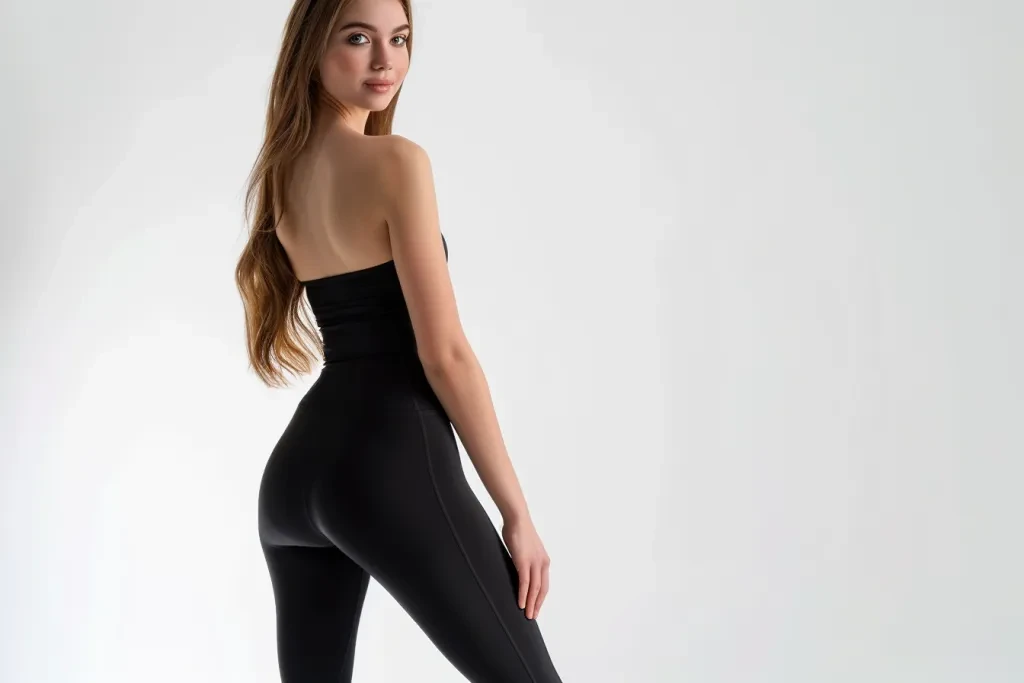
From Classic to Contemporary: Exploring Popular Styles
Shapewear bodysuits have evolved significantly over the years, transitioning from basic, utilitarian designs to a wide array of styles that cater to diverse fashion preferences. Classic styles, such as the full-body shaper, remain popular for their comprehensive coverage and support. These designs typically feature strong compression fabrics that smooth and contour the body, creating a streamlined silhouette.
Contemporary styles, however, have introduced more versatility and fashion-forward elements. For instance, the seamless sculpt thong bodysuit by SKIMS has gained popularity for its ability to provide shaping benefits while remaining virtually invisible under clothing. This style is particularly favored for its comfort and the absence of visible panty lines. Additionally, brands like Yitty and Spanx have incorporated innovative features such as built-in lifting zones and booty-boosting slings, which enhance specific body parts while maintaining a natural look.
The Role of Aesthetics in Shapewear Bodysuit Design
Aesthetics play a crucial role in the design of shapewear bodysuits. Modern consumers seek products that not only offer functional benefits but also align with their personal style. This shift is evident in the increasing variety of colors, patterns, and finishes available in the market. For example, SKIMS has expanded its color palette to include fashion-forward shades like Barbie pink and bold red, making shapewear a more integral part of everyday fashion.
Moreover, the use of aesthetically pleasing materials and finishes, such as lace and satin, has become more common. These elements add a touch of luxury and femininity to shapewear, making it more appealing to a broader audience. The emphasis on aesthetics is also reflected in the marketing language used by retailers, who now favor terms like “sculpting” and “shaping” over “slimming,” as reported by EDITED. This approach positions shapewear as an empowering garment rather than a restrictive one.
Customization: Tailoring Shapewear to Individual Needs
Customization is becoming an essential aspect of shapewear design, allowing consumers to tailor products to their specific needs and preferences. Brands are increasingly offering options for different body types, sizes, and support levels. For instance, SKIMS’ Fits Everybody maternity line is designed to provide stretch and support for pre and post-natal comfort, catering to the unique needs of pregnant and postpartum women.
Additionally, advancements in technology have enabled more precise customization. Innovations such as antimicrobial SilverSeam and moisture-wicking technology used by Yitty enhance the comfort and functionality of shapewear. These features can be tailored to individual preferences, ensuring that consumers receive the exact level of support and comfort they require.
Performance and Functionality: What Sets Shapewear Bodysuits Apart
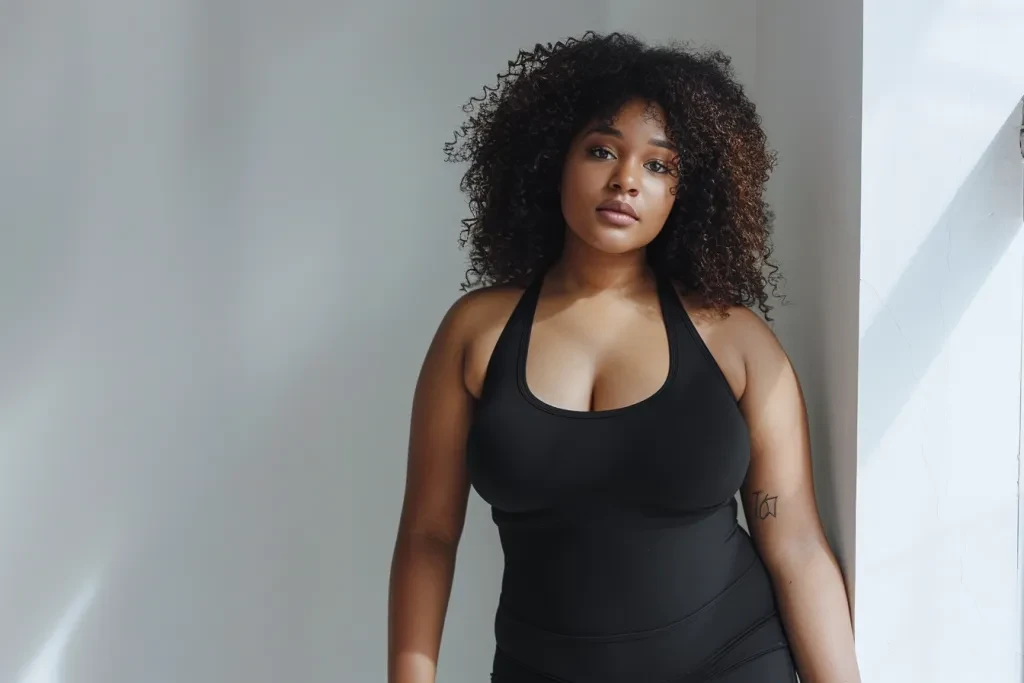
Enhancing Comfort and Fit: Key Features to Look For
Comfort and fit are paramount when it comes to shapewear bodysuits. Key features that enhance these aspects include seamless construction, four-way stretch materials, and adjustable straps. Seamless designs, such as those offered by SKIMS, eliminate the discomfort of seams digging into the skin and provide a smooth, invisible finish under clothing. Four-way stretch materials, highlighted by brands like Spanx and Yitty, allow for greater flexibility and movement, ensuring that the shapewear adapts to the body’s contours without restricting movement.
Adjustable straps and closures also play a significant role in achieving a perfect fit. These features allow consumers to customize the level of compression and support, ensuring that the shapewear remains comfortable throughout the day. Additionally, breathable fabrics and moisture-wicking technology help to keep the wearer cool and dry, further enhancing comfort.
Materials and Fabrics: The Backbone of Effective Shapewear
The choice of materials and fabrics is critical in the design of effective shapewear. High-quality, durable fabrics such as nylon, spandex, and microfiber are commonly used for their ability to provide strong compression and support. These materials are also lightweight and breathable, ensuring that the shapewear remains comfortable even during extended wear.
Innovative fabrics, such as those incorporating antimicrobial properties and moisture-wicking technology, offer additional benefits. Yitty’s use of antimicrobial SilverSeam technology helps to prevent odor and bacteria buildup, while moisture-wicking fabrics keep the skin dry and comfortable. These advancements in fabric technology not only enhance the performance of shapewear but also contribute to its overall comfort and wearability.
Seasonal Trends: Adapting Shapewear for Different Climates
Shapewear bodysuits are designed to be versatile and adaptable to different climates and seasons. Lightweight, breathable fabrics are ideal for warmer weather, as they help to keep the wearer cool and comfortable. For instance, SKIMS’ men’s sports-inspired shaping underwear, made from breathable mid-weight cotton, is designed to provide support without causing overheating.
In colder climates, shapewear can be layered under clothing to provide additional warmth and support. Fabrics with thermal properties, such as those used in some Spanx products, help to retain body heat while still offering the shaping benefits of traditional shapewear. This adaptability makes shapewear a practical and functional addition to any wardrobe, regardless of the season.
Size and Fit: Catering to a Diverse Market
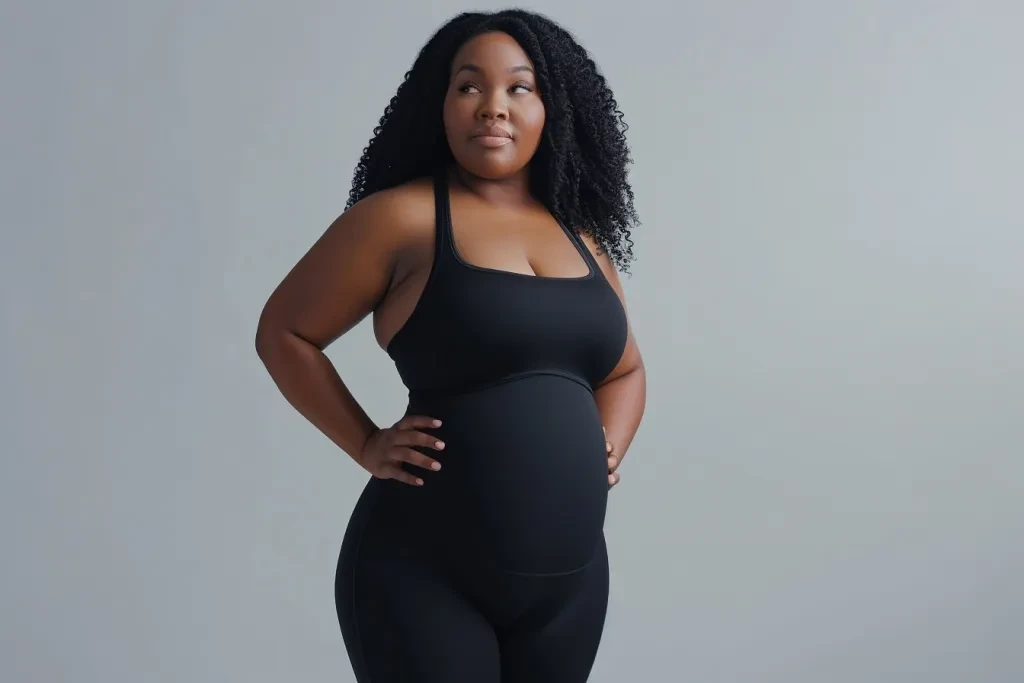
Inclusive Sizing: Meeting the Needs of All Body Types
Inclusive sizing is a critical aspect of the modern shapewear market. Brands are increasingly recognizing the importance of offering a wide range of sizes to cater to diverse body types. According to EDITED, retailers like SKIMS and Yitty have expanded their size ranges to include options from XS to 6X, ensuring that all consumers can find shapewear that fits their unique body shape.
This commitment to inclusivity is also reflected in the variety of styles available. From high-waisted briefs to full-body shapers, brands are offering designs that cater to different body areas and support needs. This approach not only broadens the market reach but also promotes body positivity and inclusivity.
The Importance of Accurate Fit in Shapewear Bodysuits
Accurate fit is essential for the effectiveness of shapewear bodysuits. A well-fitting bodysuit provides the right level of compression and support, enhancing the wearer’s natural shape without causing discomfort. To achieve this, brands are investing in detailed sizing guides and fit technologies. For example, Spanx and Yitty use diagrams and illustrations to help consumers understand the key features and desired results of their shapewear.
Additionally, advancements in technology are enabling more precise sizing. Innovations such as 3D body scanning and virtual fitting rooms are helping consumers find the perfect fit without the need for physical try-ons. These technologies not only improve the shopping experience but also reduce the likelihood of returns and exchanges.
Cultural and Luxury Influences in Shapewear Bodysuits
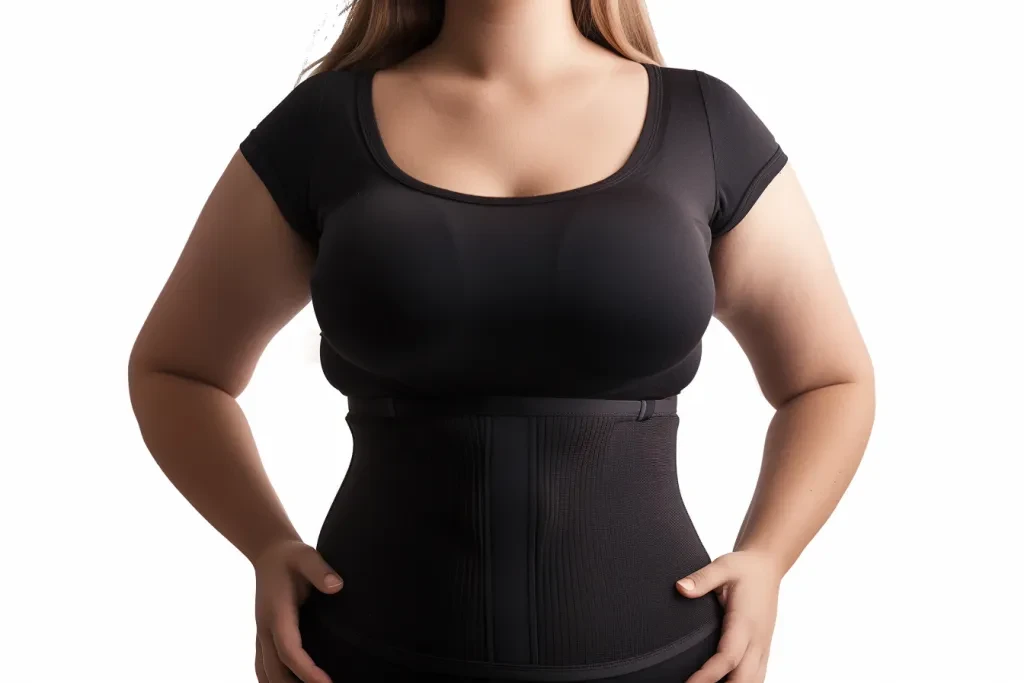
The Impact of Cultural Trends on Shapewear Design
Cultural trends have a significant influence on shapewear design. The growing emphasis on body positivity and inclusivity has led to a shift in the way shapewear is marketed and designed. Brands are moving away from terms like “slimming” and “fixing” and instead focusing on “sculpting” and “shaping,” as reported by EDITED. This change in language reflects a broader cultural movement towards self-acceptance and empowerment.
Additionally, cultural trends such as the rise of athleisure and the blending of fashion and function are shaping the design of shapewear. For instance, Yitty’s introduction of sculpting swimwear and activewear reflects the growing demand for versatile, multi-functional garments that can be worn in various settings.
Luxury Shapewear: When Function Meets Fashion
Luxury shapewear is a growing segment of the market, combining high-performance features with premium materials and sophisticated designs. Luxury shapewear often incorporates high-end fabrics such as silk, lace, and satin, as well as intricate detailing and finishes. These elements add a touch of elegance and sophistication, making shapewear a desirable addition to any wardrobe. The emphasis on aesthetics and quality in luxury shapewear reflects a broader trend towards the fusion of function and fashion in the apparel industry.
Heritage Brands and Their Influence on Modern Shapewear
Heritage brands have played a significant role in shaping the modern shapewear market. For example, Marks & Spencer’s introduction of seamless bum-boosting shorts made from recycled nylon reflects the growing demand for sustainable and eco-friendly products. By combining their heritage of quality and innovation with modern trends and technologies, these brands are helping to shape the future of the shapewear market.
Conclusion
The shapewear bodysuit market is evolving rapidly, driven by advancements in technology, changing cultural trends, and a growing emphasis on inclusivity and customization. As brands continue to innovate and expand their offerings, consumers can expect to see even more versatile, comfortable, and stylish shapewear options in the future. The fusion of function and fashion, along with the commitment to meeting the diverse needs of all body types, will ensure that shapewear remains an essential and empowering part of modern wardrobes.
